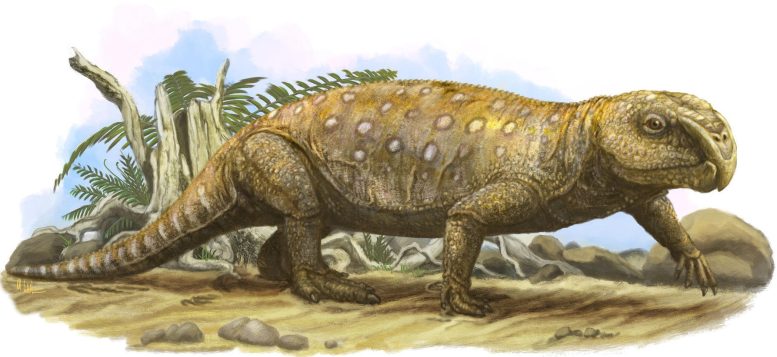
Reconstruction of the rhynchosaur Bentonyx from the Middle Triassic of Devon, about 245 million years ago. Credit: Mark Witton
Researchers at the University of Bristol have unveiled new insights into the existence of the prehistoric Rhynchosaur, a reptile species that inhabited the Earth approximately 225 to 250 million years ago, prior to the reign of the dinosaurs.
Rhynchosaurs, a group of reptiles that remain somewhat enigmatic, were roughly the size of sheep and flourished during the Triassic Period, an epoch characterized by its generally warm climates and tough vegetation.
In the new study, the researchers studied specimens found in Devon and used CT scanning to see how the teeth wore down as they fed, and how new teeth were added at the backs of the tooth rows as the animals grew in size.
The findings, recently published in the journal Palaeontology, show that these early herbivores likely eventually starved to death in old age, the vegetation taking its toll on their teeth.
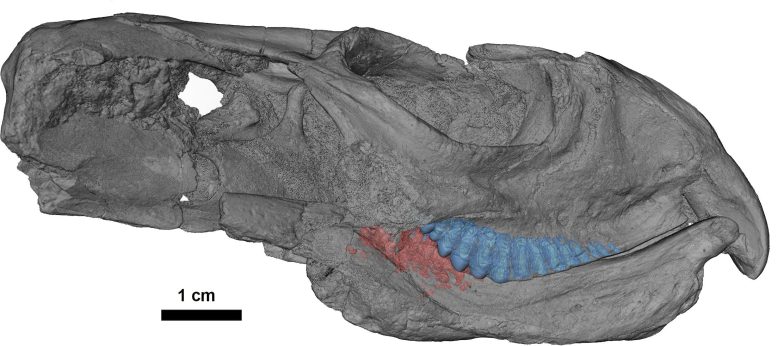
Three-dimensional model of the skull of Bentonyx from CT scans, showing the teeth of the upper (blue) and lower (pink) jaws rooted deeply in the bone. Credit: Thitiwoot Sethapanichsakul
“I first studied the rhynchosaurs years ago,” said team leader Professor Mike Benton from Bristol’s School of Earth Sciences, “and I was amazed to find that in many cases they dominated their ecosystems. If you found one fossil, you found hundreds. They were the sheep or antelopes of their day, and yet they had specialized dental systems that were apparently adapted for dealing with masses of tough plant food.”
Dr. Rob Coram, who discovered the Devon fossils, said: “The fossils are rare, but occasionally individuals were entombed during river floods. This has made it possible to put together a series of jaw bones of rhynchosaurs that ranged in age from quite young, maybe even babies, through adults, and including one particularly old animal, a Triassic old-timer whose teeth had worn right down and probably struggled to get enough nutrition each day.”
“Comparing the sequence of fossils through their lifetime, we could see that as the animals aged, the area of the jaws under wear at any time moved backward relative to the front of the skull, bringing new teeth and new bone into wear,” said Thitiwoot Sethapanichsakul who studied the jaws as part of his MSc in Palaeobiology. “They were clearly eating really tough food such as ferns, that wore the teeth down to the bone of the jaw, meaning that they were basically chopping their meals by a mix of teeth and bone.”
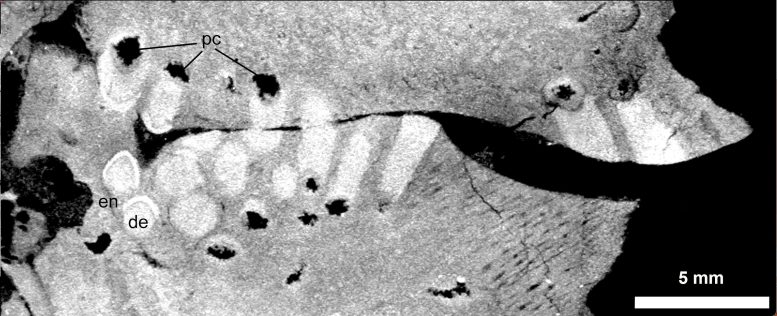
Teeth of upper and lower jaws, X-ray section along the length of the jaws showing teeth in wear. Unerupted teeth at left are made from dentine (de) with an enamel (en) cap. Many teeth show the pulp cavity (pc) at the base. Tooth wear is so extreme that teeth are worn flat to the bone, and in many cases, bone works against tooth in chomping. Credit: Thitiwoot Sethapanichsakul
“Eventually, though, after a certain age – we’re not sure quite how many years – their growth slowed down and the area of wear was fixed and just got deeper and deeper,” added Dr Coram. “It’s like elephants today – they have a fixed number of teeth that come into use from the back, and after the age of seventy or so they’re on their last tooth, and then that’s that.
“We don’t think the rhynchosaurs lived that long, but their plant food was so testing that their jaws simply wore out and presumably they eventually starved to death.”
The rhynchosaurs were an important part of the ecosystems on land during the Triassic, when life was recovering from the world’s greatest mass extinction, at the end of the preceding Permian Period. These animals were part of this recovery and setting the scene for new types of ecologies when first dinosaurs, and later mammals became dominant, as the modern world was being slowly constructed.
By comparing examples of earlier rhynchosaurs, such as those from Devon, with later-occurring examples from Scotland and Argentina, the team was also able to show how their dentitions evolved through time, and how their unique teeth enabled them to diversify twice, in the Middle and then in the Late Triassic. But in the end, climate change, and especially changes in available plants, seem to have enabled the dinosaurs to take over as the rhynchosaurs died out.
Reference: “Unique dentition of rhynchosaurs and their two-phase success as herbivores in the Triassic” by Thitiwoot Sethapanichsakul, Robert A. Coram and Michael J. Benton, 8 June 2023, Palaeontology.
DOI: 10.1111/pala.12654

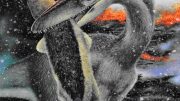
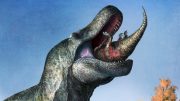
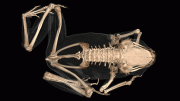
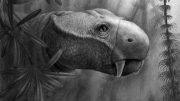
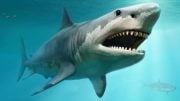
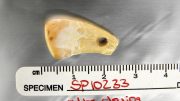
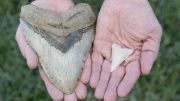

It is evident that the tooth wear would have put a limit on the longevity of individuals. However, I think it is a dental bridge too far to suggest it caused the extinction of the species.